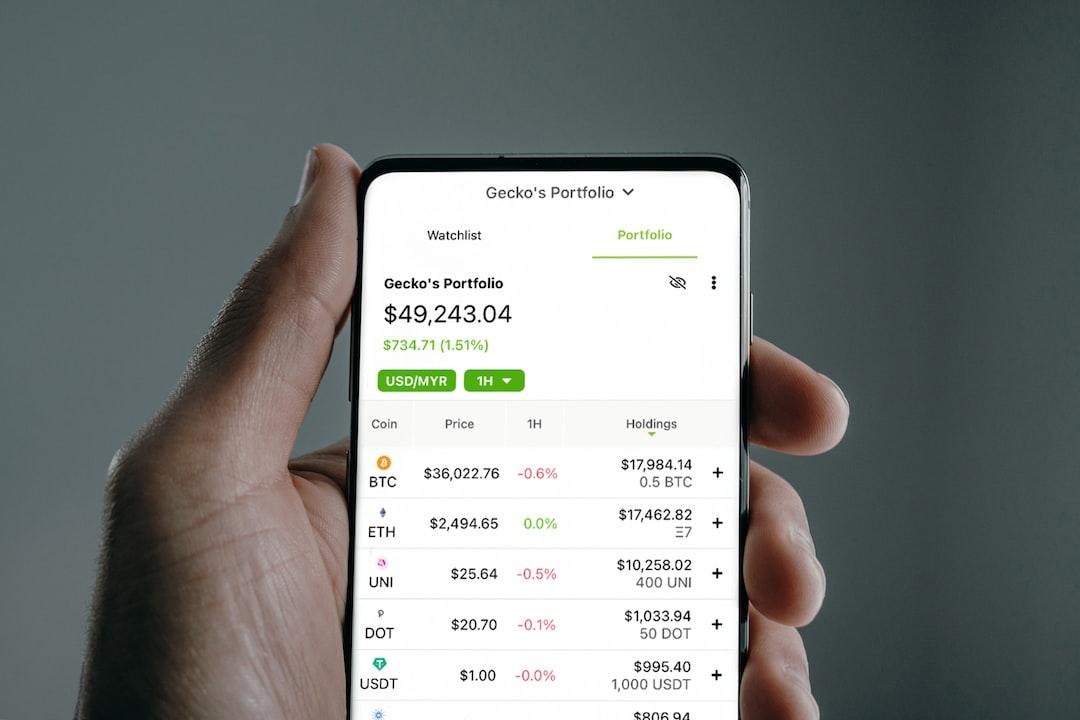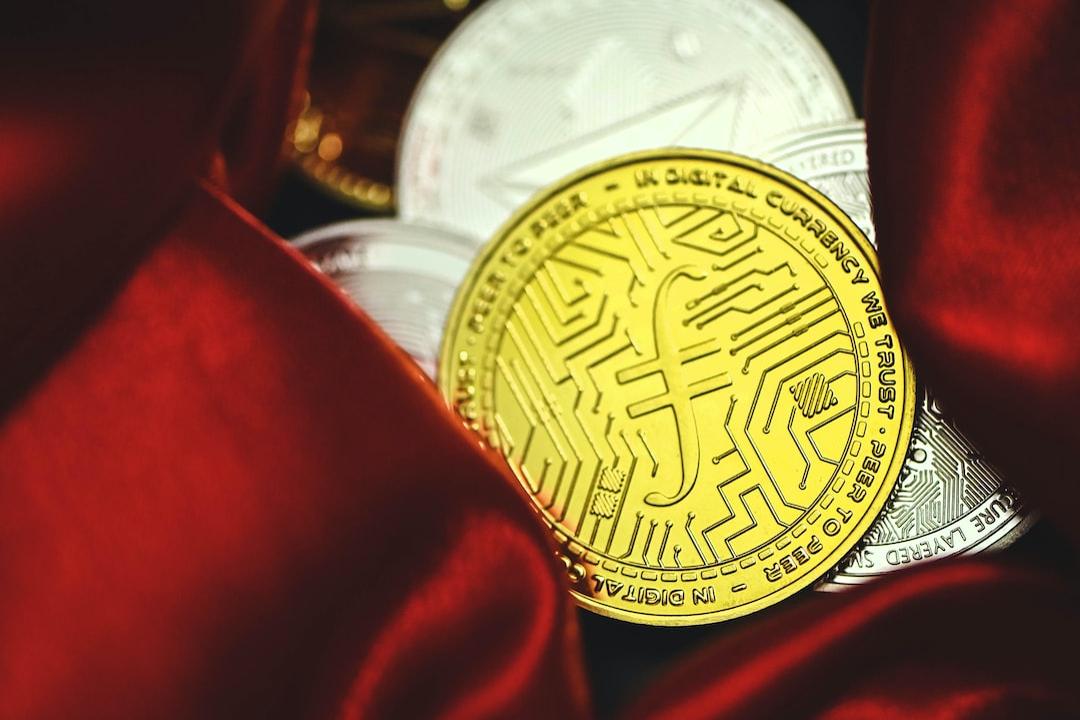Author: Ignas, DeFi Researcher
Translated by: Shano, Jinse Finance
I have a strong feeling that something big is about to happen in the cryptocurrency market. Although I’m not sure what exactly is going to happen, the market is undergoing significant changes.
Interest rates are dropping, ETH ETFs are being approved, BTC ETF fund inflows are increasing, and Stripe is launching stablecoin payments…
Like an army setting up before a decisive battle, major crypto companies and traditional financial institutions are preparing for the upcoming bull market.
More on this “feeling” below:

Meanwhile, the crypto machine inside is still running. Yes, prices are falling… but the market is always changing, with new narratives and trends emerging and influencing the market as they gain strength.
Just like MakerDAO was already online before the term “DeFi” emerged, there are now some new trends in the market, trends that are not yet big enough to form a coherent story.
Here are 7 emerging trends that may have a significant impact on the market.
1. Repackaging
Old coins are boring, and gamblers want something new.
If you can change the brand name, create a new token symbol, and start fresh with new charts, that sounds more exciting!
Fantom → Sonic
This is exactly what Fantom did by upgrading to Sonic.
Sonic is a new L1 with a native L2 bridge to Ethereum. It will have a new Sonic Foundation Labs and a completely new visual identity.
More importantly, the new $S token “ensures the compatibility and migration from $FTM to $S in a 1:1 ratio.”
This is a smart move because a Sonic migration generates more market hype than simply calling it “Fantom 2.0.” This allows Fantom to move away from its multi-chain bridging issues and start fresh.
Connext → Everclear
Similarly, Connext is rebranding as Everclear.
Renaming in crypto is nothing new, but the emerging trend here is repackaging major upgrades as new products.
This sends a stronger signal to the market than just another v2 or v3 upgrade. People are not interested in just another “v4” upgrade.

By transitioning from Connext to Everclear, the team conveyed that this was not just a simple rebranding, but a significant advancement in technology.
Connext is transitioning from a simple bridging infrastructure to the first clearing layer. It’s like a chain built on top of Arbitrum Orbit rollup (via Gelato RaaS) and connected to other chains using Hyperlane and Eigenlayer ISM.
Connecting any chain, any asset, paving the way for modular crypto future.
The NEXT token rose by about 38% after this announcement (but not sustained). Fantom’s $FTM is once again hot, and its awareness on X has also increased.
I expect more protocols to be renamed to adapt to the 2024 market trends and technological advancements.
For example, IOTA is rebranding as an L2 for real assets.
Additionally, mergers may become more common, such as Fetch ai, Ocean protocol, and SingularityNet merging into a $ASI token, becoming a new crypto super AI project.
The key is to focus on the price performance of new brand projects and new tokens (if launched). Although it’s still early, the initial price performance of FTM and NEXT, as well as FET, AGIX, and OCEAN, is optimistic. If the market starts to rise again…
Are there more rebranding/renaming coming soon?
2. Regulatory support for crypto
Regulation has always been a big issue, especially in the United States, where the SEC is targeting major players such as Coinbase, Kraken, and Uniswap. Although Ripple and Grayscale have had some victories and approved Bitcoin ETFs, the regulatory environment is still hostile, focusing more on legitimate projects than outright scams.
But things have changed: Trump verbally supports cryptocurrency, forcing the Democratic Party to change its anti-crypto strategy. Biden has accepted crypto donations. Now the SEC has withdrawn its lawsuit against Consensys, effectively recognizing ETH as a commodity.
The short-term future of cryptocurrencies will now depend on the election. I like the analysis by Felix (Hartmann Capital) in the article below.
Here are the key points.
If Gensler is removed from office or his powers are restricted by the courts and Congress, it is expected that crypto assets will rise sharply by more than 30%, followed by a sustained bull market. If he continues to hold power, there is expected to be a long-term slump, benefiting law firms, and harming cryptocurrencies and taxpayers, with only Bitcoin and meme coins relatively unaffected.
Clear regulation could lead to the biggest bull market in history, changing the digital assets market in several ways:
· Shifting from narratives to product-market fit: Crypto projects will focus on creating valuable products, rather than just hype, leading to higher-quality developments.
· Clear success metrics: Valuations will depend more on actual product-market fit and revenue, reducing speculation, and highlighting fundamentally strong tokens.
· Easier financing environment: Stronger fundamentals will make digital assets easier to finance, reducing the cyclical volatility of shitcoins.
· A booming M&A market: Well-funded projects may acquire undervalued but valuable DeFi protocols, driving innovation and tighter adoption, with some Tier-1 blockchains turning acquisitions into public goods to increase network value.
3. BTC arbitrage trading: BTC ETF + BTC shorts
Leverage always finds new ways to enter the system. Whether it’s Grayscale’s “widow-maker trades” or CeFi (Celsius, Blockfi, etc.) offering uncollateralized loans.
The mechanism is different every cycle. But where is the leverage hidden now?
The obvious target is the risk-neutral strategy of Ethena. As long as the funding rate is positive, everything is fine. But what happens when/if the funding rate turns negative, and the USDe position needs to be closed?
Another target is the re-collateralization of LRT.
But another target is our beloved BTC ETF buyers.
The spot Bitcoin ETF has seen 19 consecutive days of inflows, with ETF holdings accounting for 5.2% of circulating BTC (although this record has now been broken).
So why isn’t BTC soaring?
It turns out that hedge funds are record shorting Bitcoin through CME futures.

“What if a large amount of leverage at a low funding rate is this cycle’s leverage and has already existed?” – Kamizak ETH
A possible explanation is that hedge funds are buying spot and shorting BTC, creating a 15%-20% neutral strategy.

The strategy is similar to Ethena’s. “What if a large amount of leverage at a low funding rate is this cycle’s leverage and has already existed?” – Kamizak ETH

What happens when the funding rate turns negative (because the gamblers are no longer bullish and close their long positions)?
Will Ethena (dominated by retail) and spot BTC + short CME futures (dominated by institutions) lead to a major crash when these positions need to be unwound?

Concerning. But there may be a simpler answer: institutions are arbitraging the price difference between different BTC spot and BTC futures (currently at 2.3%).

In any case, these new dynamics brought by the spot ETF need to be closely monitored, as the so-called “risk-free” arbitrage often turns out to be more risky than initially imagined.
4. Gamification of yield farming
Our addiction to yields is getting worse, but we don’t know how to stop.
Protocols need yields to attract an initial user base. They help boost adoption statistics, leading to higher valuations for fundraising.

We are tired of yields, but we still don’t have a better alternative.
Instead, I’ve noticed a trend of yield gamification, adding extra elements to make the boring yield farming strategies more interesting.
Sanctum introduces Wonderland, where you can collect pets and earn experience points (EXP) to level them up. As a community, you need to come together to complete quests.
This is not much different from the other yield programs, as your airdrop largely depends on the SOL deposited, but… the community loves it!

Sanctum’s first season event in just one month also boosted people’s emotions. I hope to see 0 to 1 innovation in yield farming, but even with yield fatigue, our addiction to them is too strong.
Instead, I expect more gamified attempts to bring some fun to the farms.
5. Anti-trend of low circulating supply, high FDV (fully diluted valuation) issuances
Everyone hates low circulating supply, high FDV issuances. Except for VCs and teams, who can sell at higher prices. Oh, and also airdrop hunters, who get more tokens in airdrops.
But what about retail? No. 26 out of 31 tokens listed on Binance recently are in the red.

Binance used to be the place to buy hot new tokens, but not anymore. A listing on a centralized exchange is a selling event and a cash-out event.
No wonder, Binance recently announced listings based on moderate valuations, prioritizing community rewards over internal allocations.

We haven’t seen the rhetoric translate into action yet, but this would be a step in the right direction.
VCs are taking on their due responsibility. Once seen as a positive signal, large VC investments are now viewed by the crypto community as value extraction. The concern is that VCs aim to profit by selling their large allocations acquired at the lowest cost.

The project teams also need to take action to avoid price charts that are constantly declining.
There are more experiments from protocol teams. For example, Ekubo on Starknet, which allocates 1/3 of tokens to users, 1/3 to the team, and 1/3 to be sold by the DAO within two months. Not everyone likes the two-month sell-off, but it’s a bit like a community token sale, similar to past ICOs.
Similarly, Nostra on Starknet launches NSTR with 100% FDV, with 25% distributed via airdrop and 12% sold during the liquidity bootstrapping pool event. They call it the fairest release in DeFi, but it has sparked concerns about low circulating supply tokens (team and VC early cashing out and exiting). Nostra states that team and VC tokens will be tagged on-chain.
If you see them selling, you should too.
We’ve also had 100% airdrop experiments, like Friendtech and Bitcoin Runes, most of which are freely minted by the community (although Runes also allows for pre-mining).
What are the results? Uncertain. But there is hope in this area.
Keep an eye on new token issuance models—a new successful type of issuance may become the new trend of this bull market. If you find one, please share it in the comments.
6. McKinsey entering DeFi
DeFi allows for self-sovereignty, enabling you to own and use your assets, regardless of borders.
But DeFi has become very complex! There are many strategies available, and their complexity increases as we want to squeeze every percentage of profit.
Additionally, governing these increasingly complex protocols requires specific knowledge.
Therefore, consulting firms similar to traditional finance have emerged to help protocols deal with security, governance, and optimization issues. The most famous example is Gauntlet, whose clients pay millions in fees annually.
More importantly, DeFi protocols are adapting, allowing McKinsey in DeFi to manage user assets and/or external risk management.
Morpho Blue, an unborrowed lending, allows McKinsey in DeFi to create markets with any assets and risk parameters without relying on governance.

7. Web2-like DeFi onboarding
This is something I really like.
While Friendtech may have some issues, it has successfully popularized Privy, allowing wallets to be created and managed using Web2 accounts.

During the NFT frenzy, I helped a friend purchase NFTs on OpenSea. Teaching them how to use Metamask was a pain.
But now, you can use Privy to create a wallet on OpenSea using email and 2FA codes. Seriously, give it a try. It took me a minute.
Fantasy Top is leveraging Privy and other user-centric applications.
This trend extends beyond Privy.
Infinex, developed by Synthetix, allows wallets to be created using a key, so you only need a password manager for the wallet.
Coinbase has launched smart wallets that can pay gas fees on behalf of users, support batch transactions, and allow wallets to be created using Web2 tools.
Now, complex user onboarding is no longer an excuse for the lack of crypto adoption. We just need unique consumer applications.

